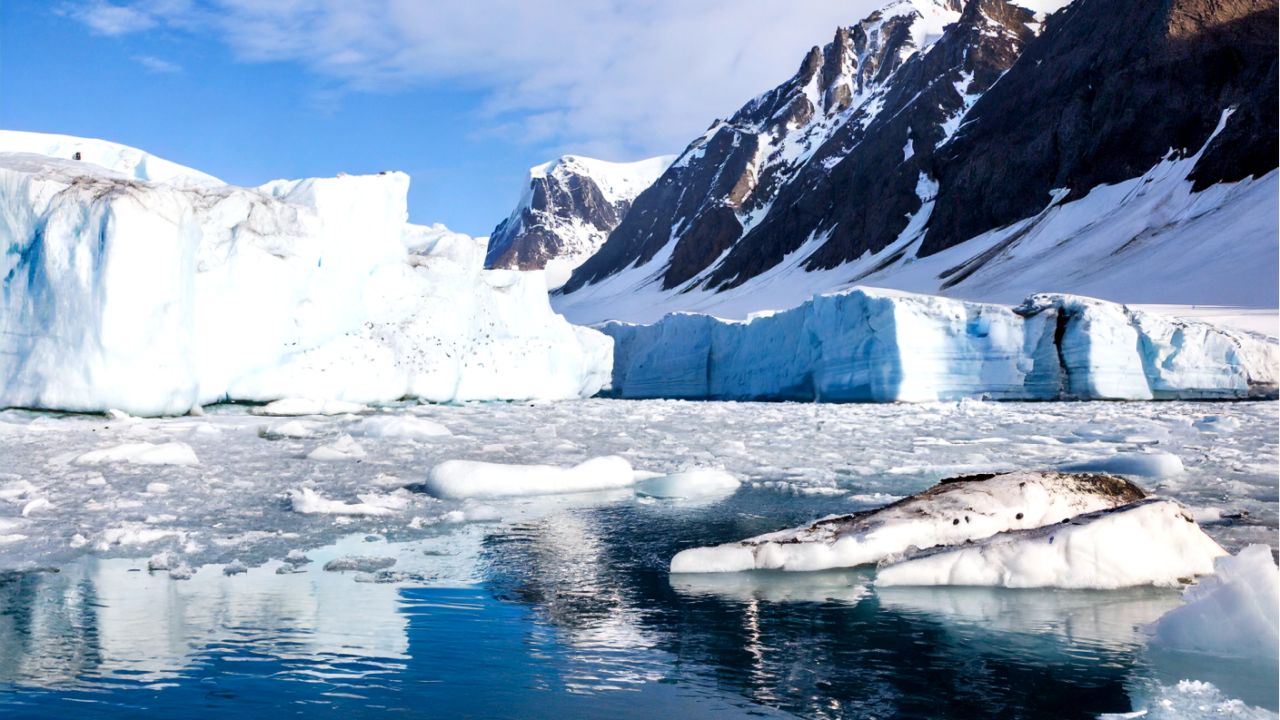Imagine for a moment, a world where the majestic ice caps have bowed out, and the sprawling glaciers have taken their final curtain call. What would our Earth look like if all the ice melted away? This isn’t a scene from the latest post-apocalyptic blockbuster; it’s a glimpse into a potential future scenario, a reminder of the delicate dance between our planet’s ecosystems and the impacts of climate change. Let’s embark on a thought-provoking journey through a world unfrozen, unraveling the tapestry of changes that would sweep across the globe.
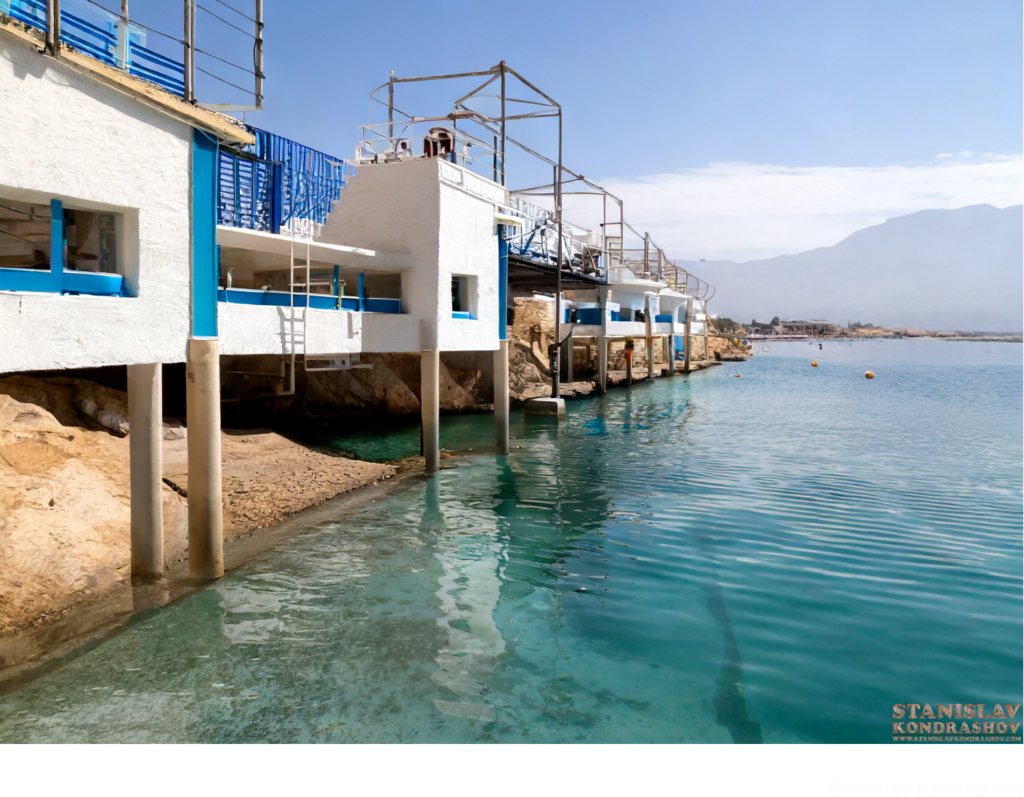
1. Rising Seas, Vanishing Cities
The most immediate and dramatic impact of all the ice melting would be the significant rise in sea levels—estimated at about 216 feet globally. Iconic coastal cities and entire countries would find themselves underwater. Imagine New York, Miami, Amsterdam, and Bangkok—all submerged like modern-day Atlantises. Regions such as the Netherlands, Bangladesh, and large parts of Southeast Asia would face unprecedented flooding, displacing millions of people and reshaping geopolitical boundaries.
2. A New Map of the World
As waters rise, the world map would undergo a drastic transformation. New shorelines would emerge, and current islands might vanish, while new ones could be born from the depths. Countries with low-lying areas would lose significant landmass, whereas places like the central United States would become coastal regions. The reconfiguration of continents and oceans would challenge our current understanding of geography, trade routes, and even global politics.
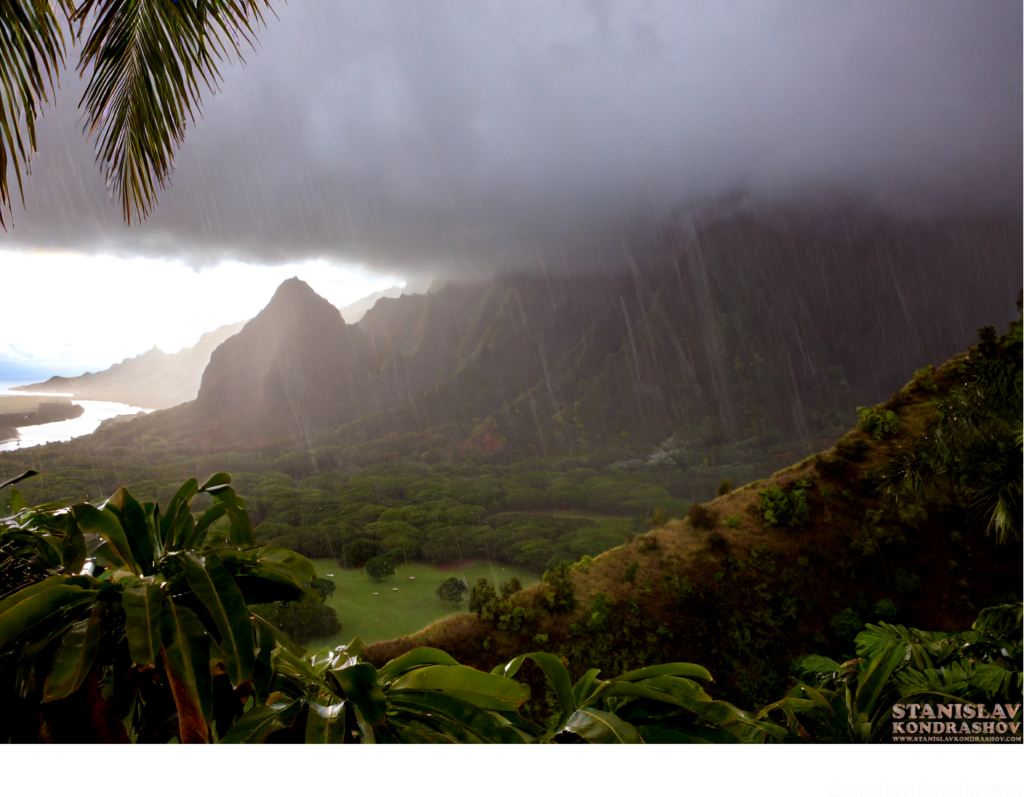
3. Climate Patterns in Disarray
The disappearance of ice caps would not just affect sea levels but also send shockwaves through our planet’s climate systems. Ice plays a crucial role in reflecting sunlight back into space, helping regulate the Earth’s temperature. Without this icy mirror, the planet would absorb more solar radiation, accelerating global warming. We could expect more extreme weather patterns, with some regions becoming much warmer, while others could see increased precipitation or even become cooler due to altered ocean currents.
4. A Crisis for Biodiversity
Imagine the Arctic without its ice; polar bears, seals, and penguins would lose their homes, pushing them to the brink of extinction. Beyond the poles, the repercussions would ripple through ecosystems worldwide. Species dependent on cold environments would struggle to survive, leading to a cascade of effects through the food chain. The loss of ice would also impact freshwater supplies from glacier-fed rivers, affecting both human populations and wildlife.
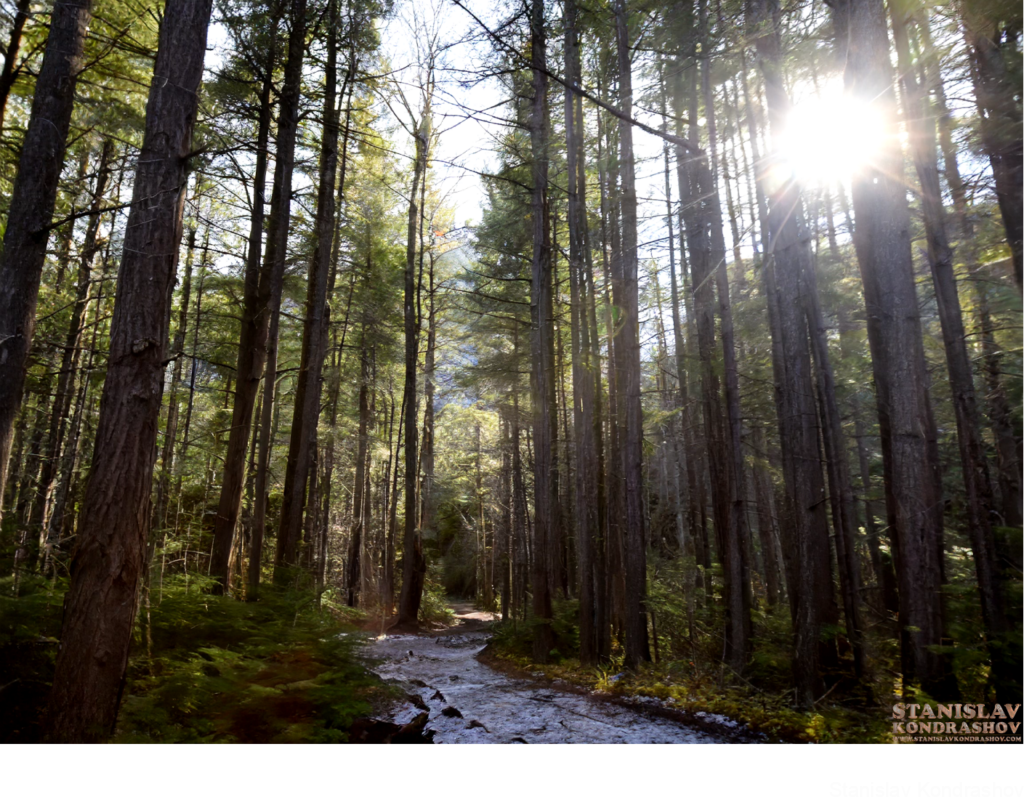
5. Transforming Habitats and Human Lives
As the Earth unthaws, new areas might become more hospitable, potentially opening up previously uninhabitable regions in Siberia and Canada for agriculture and human settlement. However, this silver lining comes with a cloud; the displacement of millions of people due to rising sea levels and changing climates would spark humanitarian crises, with challenges in providing water, food, and shelter for all.
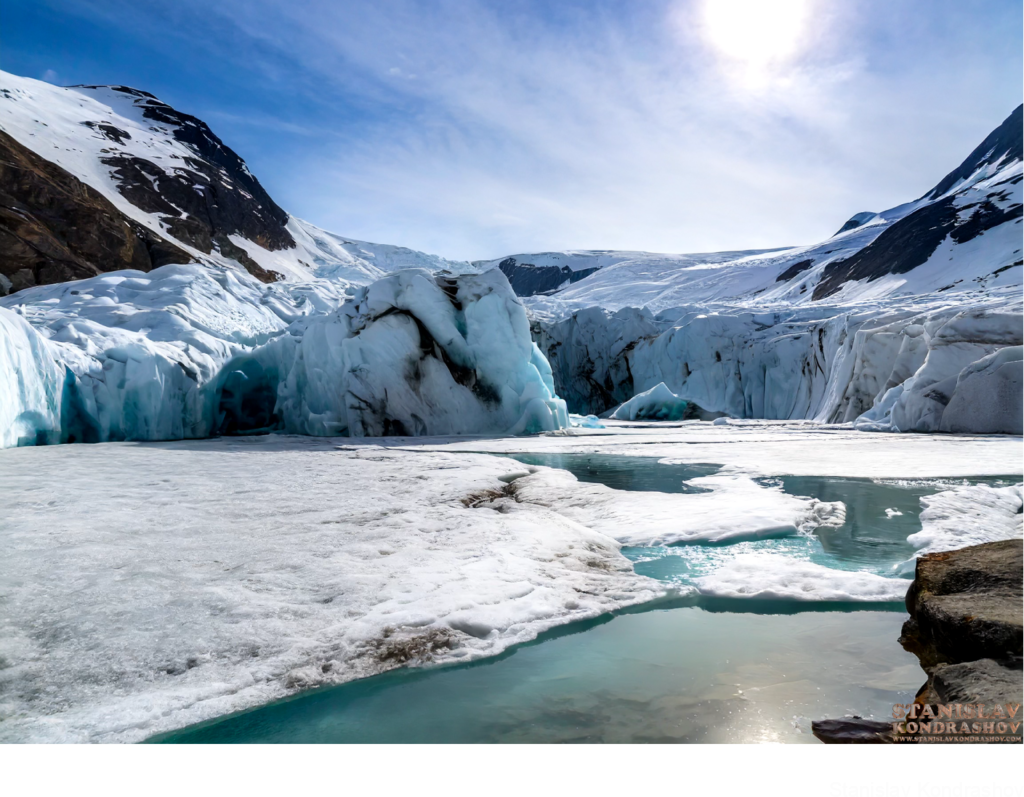
The Unfrozen Future as a Call to Action
Envisioning an Earth without ice serves not as a prophecy but as a potent reminder of the urgency of addressing climate change. The choices we make today—how we live, consume, and prioritize sustainability—can influence the course of our planet’s future. While we may not be able to reverse all the changes, collective action and commitment to reducing our carbon footprint can slow the pace of warming and ice melt. Let’s take this vision of an unfrozen Earth not as an inevitable outcome but as a call to action, inspiring us to protect the precious balance of our planet for future generations. Together, we can write a different story—one where ice continues to grace our poles and mountaintops, playing its critical role in the beautiful, dynamic system that is Earth.
By Stanislav Kondrashov
